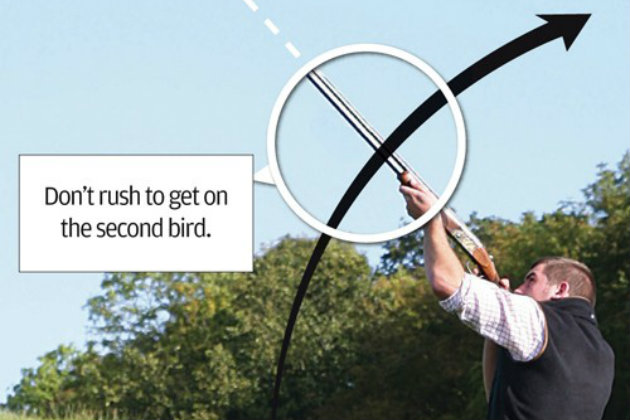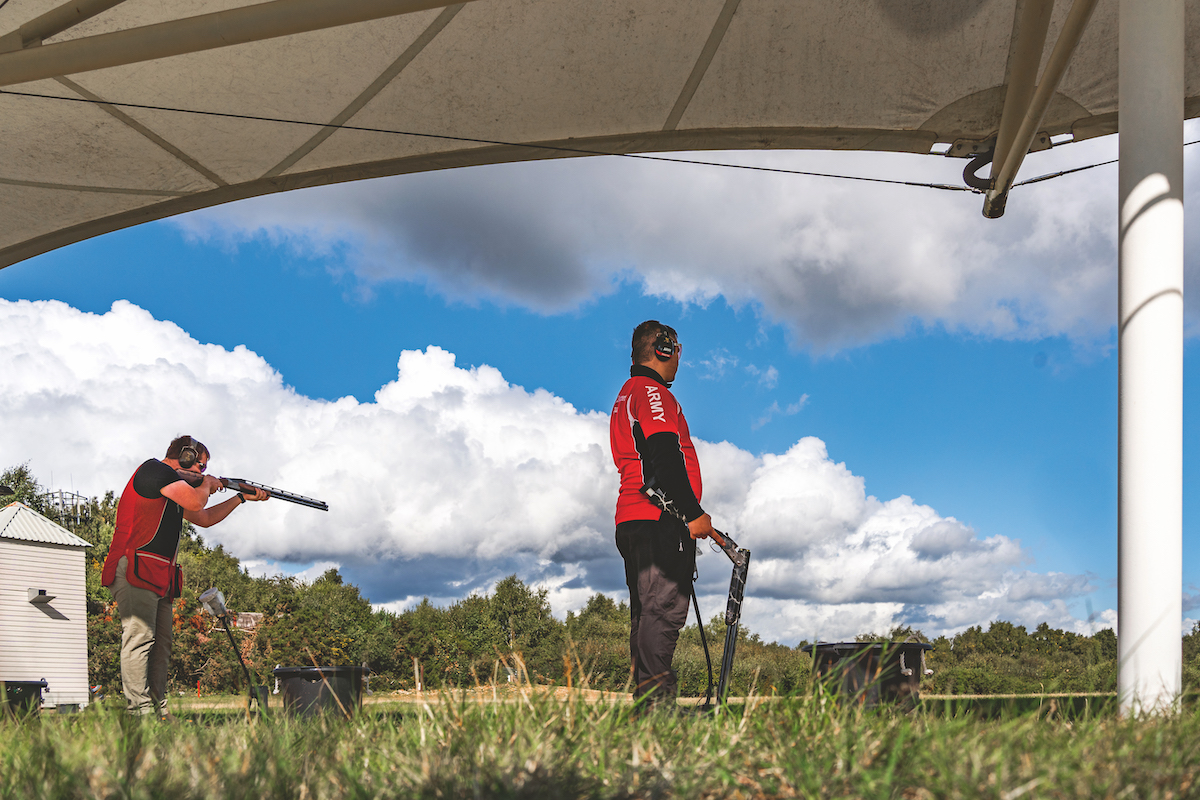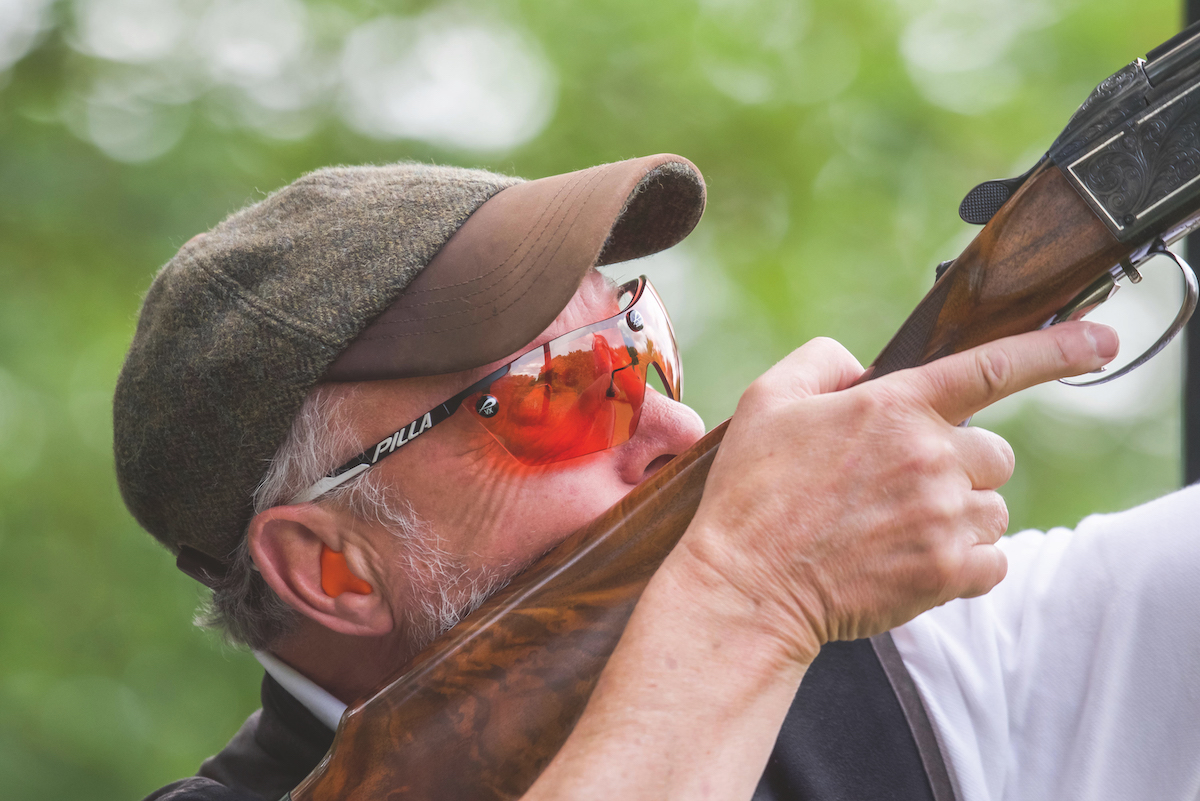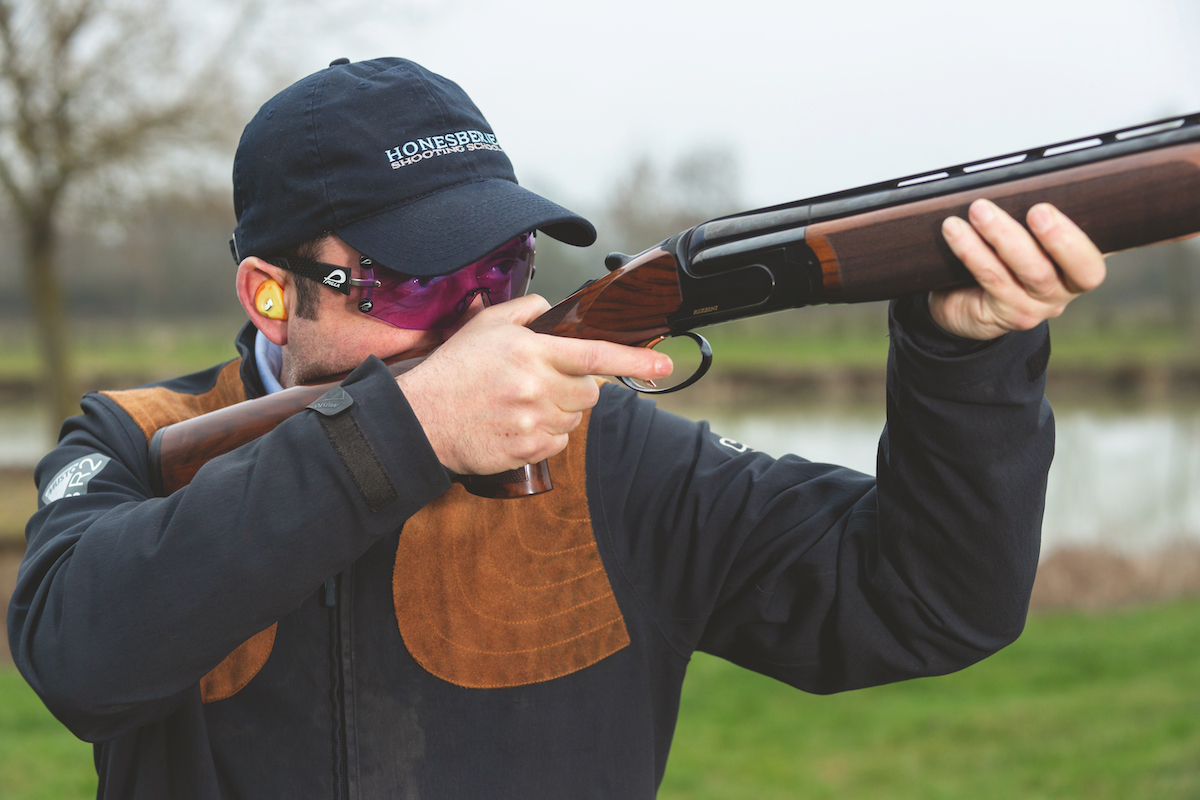How to nail shooting doubles
Some tips on making sure every cartridge counts

Now the game season is well underway most of us will hopefully have shaken off the rustiness built up over the summer.
You’ll be swinging away merrily intent on maintaining and improving cartridge to kill ratios.
But to boost your averages you need to make sure that every cartridge counts, and this means the second cartridge has to score every time you pull the trigger – the classic left and right shot.
Shooting doubles
In game shooting terms a left and right is where you successfully kill a bird with each barrel and without taking the gun from the shoulder. It can be tricky.
To bring down a left and right at woodcock, for instance, puts you in some pretty esteemed company – and allows entry into the exclusive Woodcock Club – as it’s certainly not a regular occurrence.
And to a certain extent the same can be said to apply for clay targets. So we’re going to look at how shooting doubles can help your all-round shooting. Driven doubles for gameshooting
At this time of the year most shooters are probably thinking ‘pheasants,’ either of the driven or walked up kind.
But why is it some shooters seem to succeed with this double act, left and a right, more often than others?
It comes down to practice and preparation. Combine these two factors with a good technique and you’ll find that each cartridge will soon start to count.
For game shooting we owe it to our quarry to ensure it’s killed cleanly so now’s the time to get down to your local shooting ground and hone your skills on left and rights, and doubles of every variety.
View this post on Instagram
Clayshooting driven doubles
For clay shooters it’s worthwhile looking at the problems associated with doubles.
Generally it’s the second bird of any pair that’s missed – especially if the shooter is a novice.
So why is it so tricky to nail the second clay?
One of the most common causes of missing is that the shooter is (mentally) distracted after firing at the first bird (either through elation at hitting it, or despondency because of missing!)
Either way, his mind is not on the job in hand, he’s not concentrating fully and he’s almost convinced himself he’s going to miss the second bird – even before he’s pulled the trigger.


- Preparation is the key to hitting pairs of birds on any stand.
- It’s crucial you know exactly where to ‘visually’ pick up the second bird as well as the first.
- Focus is needed before you pull the trigger, not after!
- Concentration is crucial if you want to succeed – and that means studying the flight path of every bird before you shoot.
- On a sporting layout half of all the targets you’re going to see will be right and lefts (doubles) of some sort, irrespective of whether they’re presented on report or sent simultaneously.
How to hit a couple of typical targets you might encounter on the average sporting layout
Side by side
- This set up is typical of a driven bird shoot where you’ll be presented with two simultaneous birds, coming towards you from the same direction.
- Watch the flight of both clays before it’s your turn to shoot and decide in which order you’re going to take the birds.
- Stick to your plan.
- Don’t change your mind after you’ve called ‘pull’ – you’ll dither around while the birds are in the air and miss one or even both of the birds.


- Make sure your stance is correct – generally based upon the second of the two targets.
- If you’re positioned okay for the second bird, it’s odds on that you’ll be correct for the first. As ever, treat each bird as a single.
- Kill the first, steady yourself and don’t rush the second. You’ll have more time than you think.
- Only move your feet/stance if it’s absolutely necessary. The ideal scenario is to simply swing through the first target, fire, and then repeat the process for the second bird.
Issues with eye dominance when shooting: how to deal with them
Do you have issues with eye dominance? Eye dominance is the tendency to favour one eye to the other while…
How to read the clay target
Even with the best technique in the world, to succeed at a high level you must be able to size…
Clayshooting lesson on long, slow crossers
Jonty has has been enjoying his Krieghoff Parcours, which he has shot with for about a year and uses ¾…
Veering off
- As soon as a pheasant sees the line of Guns, or hears any gunfire, it will often veer away.
- This reaction results in a pretty classic game-shooting scenario – as the birds flush your first shot is at a bird coming straight towards you.
- Your second, however, will be after a crossing/quartering bird trying to evade the Guns.


- To a novice this might seem like a tough pair to smash – and this is where practice comes to the fore again – but a left and right is still achievable as long as you remember to treat each target as though it was a single.
- As always, you must be prepared for the second target before you call for the first.
- On their own these birds are simple, straightforward targets, one driven and a crosser.
- It’s important not to rush or get flustered, though, and you need to know exactly where the pick up point of the second target will be so you can alter your stance and get the muzzles on the flight line of the second bird as quickly as possible.
- Also, to give yourself that extra bit of time it’s often advisable to keep the gun ‘up’.











